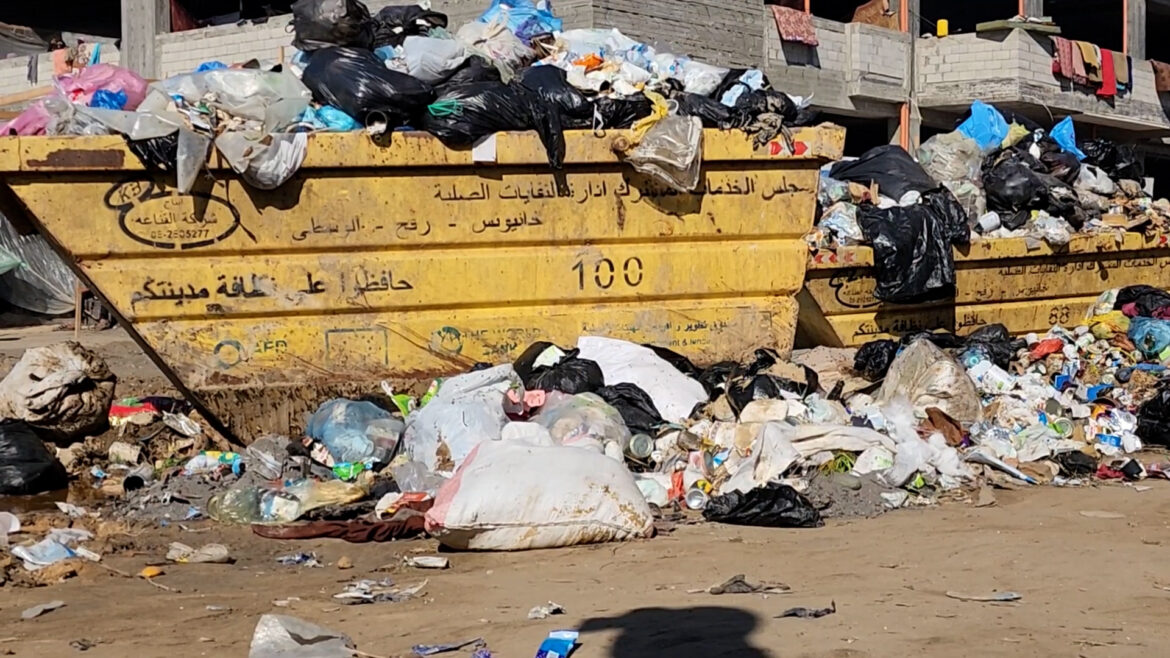Tel Aviv Tribune Net correspondents
Gaza- The city of Rafah is experiencing unprecedented daily scenes resulting from half the population of the Gaza Strip being forced to flee to this small city in the far south of the Strip on the border with Egypt to escape the lava of the Israeli fire that is killing them for the fourth month in a row.
Of the 2.2 million Palestinians living in this small coastal strip, about half of them currently reside in the city of Rafah, and the majority of them find it extremely difficult to find shelter. Tents have spread in the streets, roads, and public places in the center of the city and even to the seashore to the west.
The area of the city of Rafah is estimated at approximately 32 square kilometers, extending from its borders with the city of Khan Yunis in the north to the Egyptian border in the south, and from the Israeli security fence in the east to the seashore in the west.
The population density occupies about 20 square kilometers of it, while the rest of its area is agricultural land or inaccessible and inaccessible to exploitation because it is located within the scope of what Israel calls the “security buffer zone” adjacent to the security fence.
Since the outbreak of the Israeli war on October 7, the waves of displacement to this city have not stopped.
According to official estimates, the number of displaced people exceeds one million, including about 713,000 in shelters affiliated with the United Nations Relief and Works Agency for Palestine Refugees (UNRWA), including those displaced in the homes of relatives and friends, while about 268,000 displaced people reside in small tents scattered in the streets, squares and squares. The majority of them are in the Al-Mawasi area, west of the city.
The widespread and successive waves of displacement have put pressure on public facilities and services in this small and poor city, and this has increased the misery of life in light of water scarcity and the flow of sewage into the streets and camp homes.
The local authorities are helpless in the face of this exceptional situation, and according to the head of the Central Emergency Committee in Rafah, Dr. Ahmed Al-Sufi, they need about 50,000 tents to shelter displaced persons, while they cannot solve many problems due to the war and siege.



